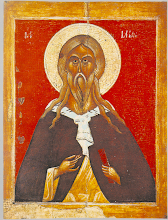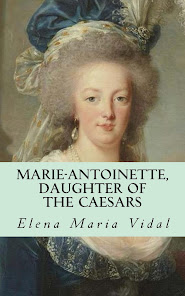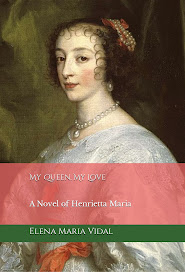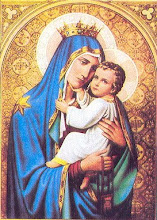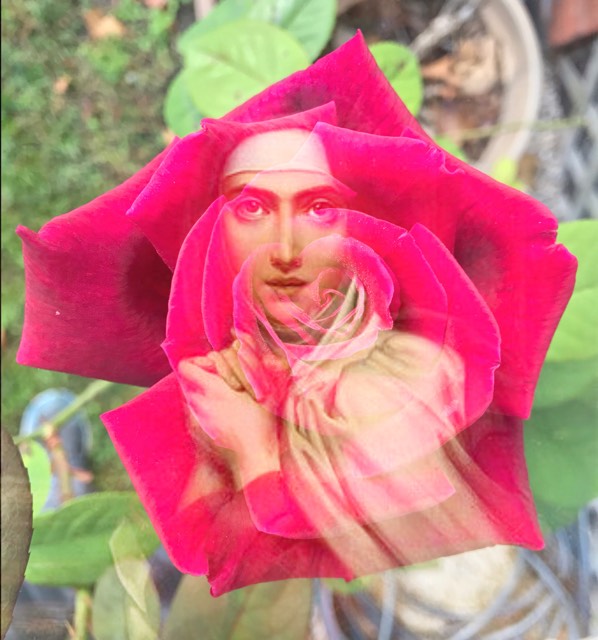I.
Introduction
1. The Apostolic Letter Summorum Pontificum of the Sovereign Pontiff Benedict XVI given Motu Proprio on 7 July 2007, which came into effect on 14 September 2007, has made the richness of the Roman Liturgy more accessible to the Universal Church.
2. With this Motu Proprio, the Holy Father Pope Benedict XVI promulgated a universal law for the Church, intended to establish new regulations for the use of the Roman Liturgy in effect in 1962.
3. The Holy Father, having recalled the concern of the Sovereign Pontiffs in caring for the Sacred Liturgy and in their recognition of liturgical books, reaffirms the traditional principle, recognised from time immemorial and necessary to be maintained into the future, that "each particular Church must be in accord with the universal Church not only regarding the doctrine of the faith and sacramental signs, but also as to the usages universally handed down by apostolic and unbroken tradition. These are to be maintained not only so that errors may be avoided, but also so that the faith may be passed on in its integrity, since the Church's rule of prayer (lex orandi) corresponds to her rule of belief (lex credendi)."n.1
4. The Holy Father recalls also those Roman Pontiffs who, in a particular way, were notable in this task, specifically Saint Gregory the Great and Saint Pius V. The Holy Father stresses moreover that, among the sacred liturgical books, the Missale Romanum has enjoyed a particular prominence in history, and was kept up to date throughout the centuries until the time of Blessed Pope John XXIII. Subsequently in 1970, following the liturgical reform after the Second Vatican Council, Pope Paul VI approved for the Church of the Latin rite a new Missal, which was then translated into various languages. In the year 2000, Pope John Paul II promulgated the third edition of this Missal.
5. Many of the faithful, formed in the spirit of the liturgical forms prior to the Second Vatican Council, expressed a lively desire to maintain the ancient tradition. For this reason, Pope John Paul II with a special Indult Quattuor abhinc annos issued in 1984 by the Congregation for Divine Worship, granted the faculty under certain conditions to restore the use of the Missal promulgated by Blessed Pope John XXIII. Subsequently, Pope John Paul II, with the Motu Proprio Ecclesia Dei of 1988, exhorted the Bishops to be generous in granting such a faculty for all the faithful who requested it. Pope Benedict continues this policy with the Motu Proprio Summorum Pontificum regarding certain essential criteria for the Usus Antiquior of the Roman Rite, which are recalled here.
6. The Roman Missal promulgated by Pope Paul VI and the last edition prepared under Pope John XXIII, are two forms of the Roman Liturgy, defined respectively as ordinaria and extraordinaria: they are two usages of the one Roman Rite, one alongside the other. Both are the expression of the same lex orandi of the Church. On account of its venerable and ancient use, the forma extraordinaria is to be maintained with appropriate honor.
7. The Motu Proprio Summorum Pontificum was accompanied by a letter from the Holy Father to Bishops, with the same date as the Motu Proprio (7 July 2007). This letter gave further explanations regarding the appropriateness and the need for the Motu Proprio; it was a matter of overcoming a lacuna by providing new norms for the use of the Roman Liturgy of 1962. Such norms were needed particularly on account of the fact that, when the new Missal had been introduced under Pope Paul VI, it had not seemed necessary to issue guidelines regulating the use of the 1962 Liturgy. By reason of the increase in the number of those asking to be able to use the forma extraordinaria, it has become necessary to provide certain norms in this area. (Read More.)
.
